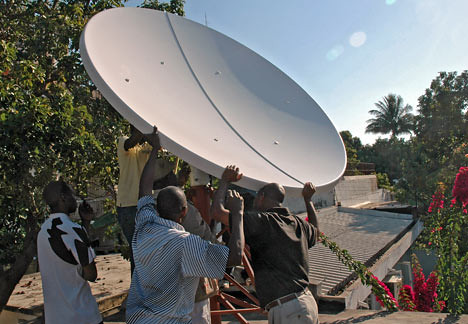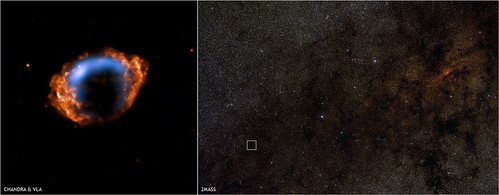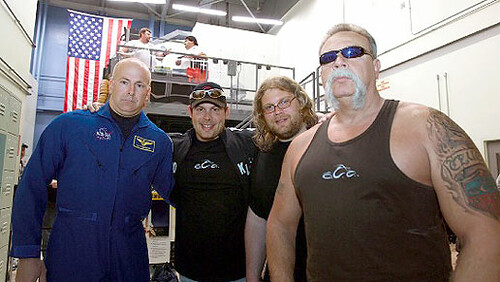Volcanoes
Tuesday, May 20th, 2008
Earlier this month a volcanic eruption in Chile wowed the world, and produced one of the most magnificent natural images ever.

The eruption actually came from a volcanic caldera, Chaitén. The eruption forced the evacuation of nearby towns, merged two massive craters, and increased the possibility of even more activity. You can watch video (in Spanish) of the disaster here.
But beyond YouTube recaps of eruptions, you can discover images of the volcanoes, active and dormant, around the world. The Italian Government has publicly accessible webcams of volcanoes. And this site has mapped, photographed, and documented every volcano in the world (including Chaitén). Pretty amazing.
Satellites are keeping tabs too. This site has satellite images of some of the world’s largest volcanoes, including some very close to home.
But, of course, Volcanoes are not limited to Earth. Jupiter has some of the our galaxy’s more active volcanic activity:
Before the Voyager probes visited Jupiter, if you had described Io to a literary critic it would have been declared overwrought science fiction. Jupiter’s strange moon is literally bursting with volcanoes. Dozens of active vents pepper the landscape with volcanic rings the size of California. The volcanoes themselves are the hottest spots in the solar system with temperatures exceeding 1800 K (1527 C) about 1/3 the temperature of the surface of the Sun. The plumes which rise as much as 500 kilometers into space are so large they can be seen from Earth by the Hubble Space Telescope. Confounding common sense, these high-rising ejecta seem to be made up of, not blisteringly hot lava, but frozen sulfur dioxide. For a world dominated by fiery volcanoes, it’s curious that Io is also very, very cold. The ground just around the volcanic vents is literally sizzling, but most of Io’s surface is 150 degrees or more below 0 C.
What powers the tremendous volcanic activity? Tides! But the tides on Io are not like ocean tides we’re familiar with on Earth. The gravitational fields of Jupiter and its large moons Europa and Ganymede cause tidal bulges in the solid crust of Io that are as high as 100 meters (330 feet). As Io orbits the giant planet, the bulge moves, flexes the crust, and heats Io’s interior like a paper clip bent rapidly back and forth. Infrared observations have shown that the thermal energy released by Io’s hot spots is on the order of 125 trillion watts which is about 2.5 W/m2. By contrast the moon’s outward heat flow is 0.02 W/m2 and the Earth’s average heat flow is 0.06 W/m2.
A year ago, NASA’s New Horizons probe captured a number of amazing images, showing massive plumes of ash, believed to be a result of Volcanic activity.










